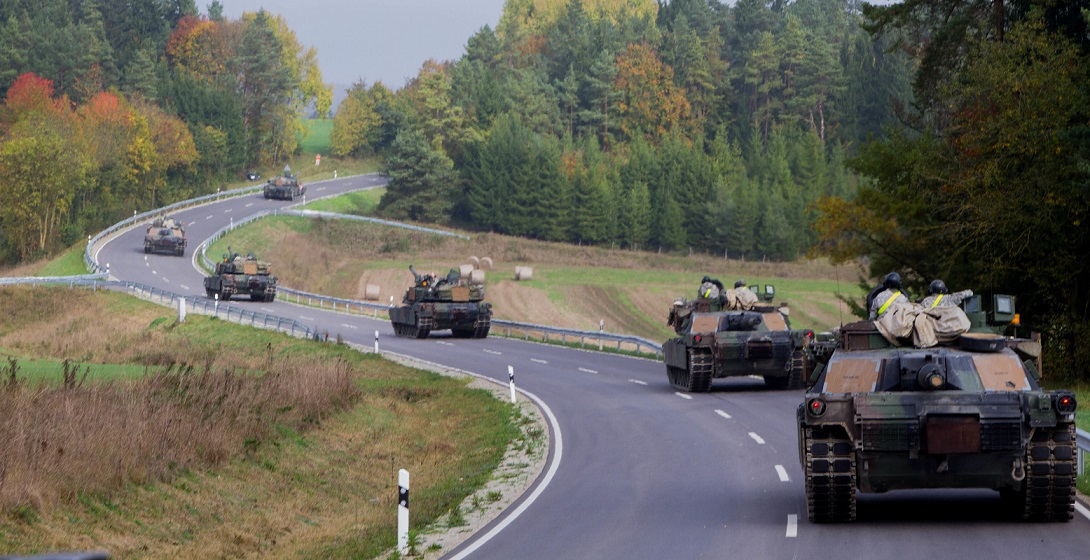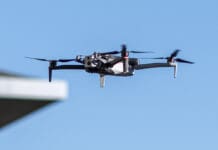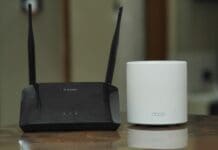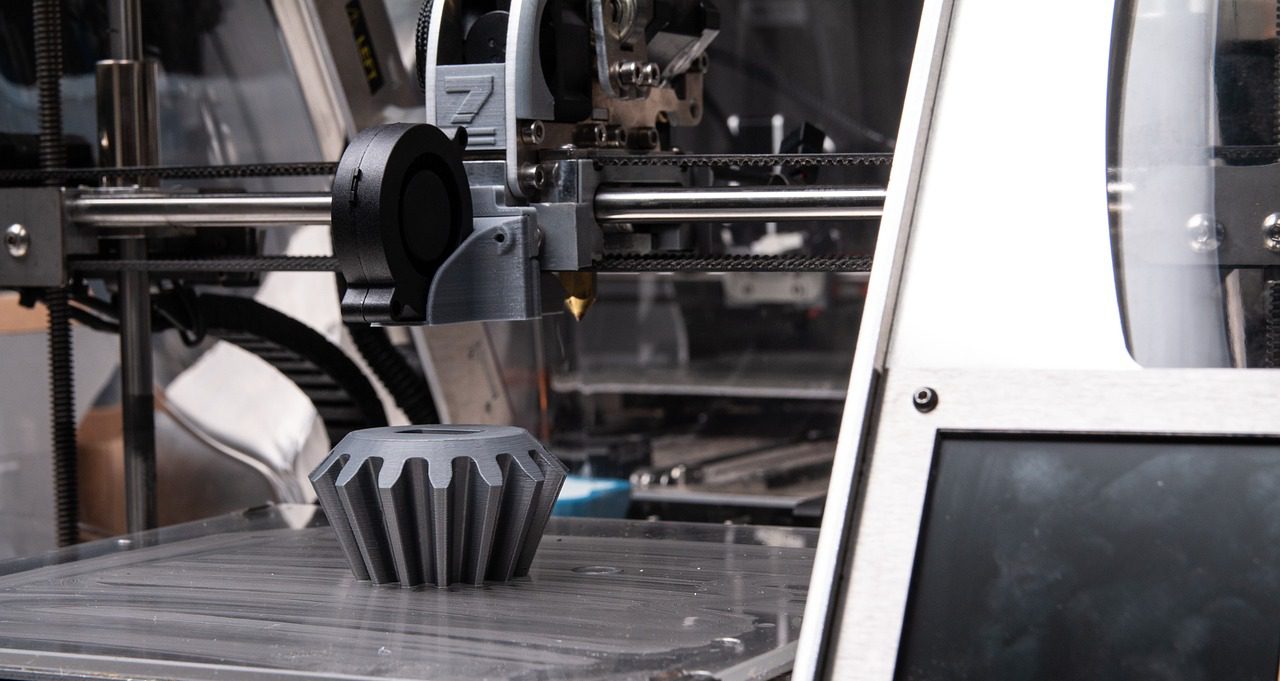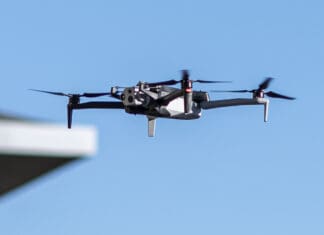This post is also available in:
 עברית (Hebrew)
עברית (Hebrew)
Robot vehicles, often referred to by army weapons developers in the context of “manned-unmanned” teaming, are a fast-growing element of the developmental calculus when it comes to future combat platforms.
Having unmanned assets operating in tandem with manned assets in combat introduces a range of new tactics available to commanders. If robot “scout” vehicles could operate in a forward position to identify enemy threats or test defenses, manned tanks might be able to operate at lighter weights, making them faster and more maneuverable in combat.
The US Army is engineering high-tech autonomy kits designed to give “robot” tanks and other armored combat vehicles an ability to operate with little or no human intervention, bringing new tactical and operational dimensions to the future of ground combat.
Unmanned systems, utilized in a fast-evolving, high-threat ground combat operation, could enable robot vehicles to carry supplies, test enemy defenses and even fire weapons (though this function is currently part of a public debate) – all while manned vehicles operate at a safer distance, according to defensemaven.io.
The technology kits, which can integrate on a small unmanned ground vehicle or a wide range of larger combat vehicles, use emerging computer algorithms, on-board processing and artificial intelligence to gather and organize sensor information.
The kits are also being engineered to help ensure that combat vehicles can continue to function in the event that GPS communications are jammed or destroyed by enemy forces.
Using things like embedded infrared optical payloads, unmanned vehicles can use machine-learning technology to process key combat details, independently organize them and then send information to a human in the role of command and control. AI enables computers to instantly draw upon vast data-bases with millions of pieces of information to perform real-time data analytics before sending useful information to combat commanders.
The advantage is that combatant commanders can quickly receive integrated intelligence or sensor information from a range of sources, analyzed and condensed to enable faster decision-making.
Instead of sending bits of information back up to a command post, the autonomy kits can enable sensors to perform detection and object identification in real time…and then push that information up to a human.
CERDEC and other Army entities are working on these projects with the Army’s Tank Automotive Research, Development and Engineering Center to prototype, test and advance these technologies.
The current effort is an extension, or next-generation iteration, of a previous TARDEC effort described as “leader-follower” algorithms. This technology, evolved and successfully tested in recent years, enables an unmanned tactical truck or vehicle to precisely follow a manned vehicle in front of it. The concept is to free up vehicle crew members such that they can focus on other pressing threat-conscious tasks without needing to expend all their energy navigating the vehicle. These newer kits, however, bring the concept of autonomy to an entirely new level, enabling unmanned systems to maneuver quickly in response to fast-changing ground combat circumstances – without needing human intervention.
The autonomy kits are now being worked on for the Army’s Next-Generation Combat Vehicle program – a future combat vehicle effort planning to engineer new platforms for the 2030s and beyond.


